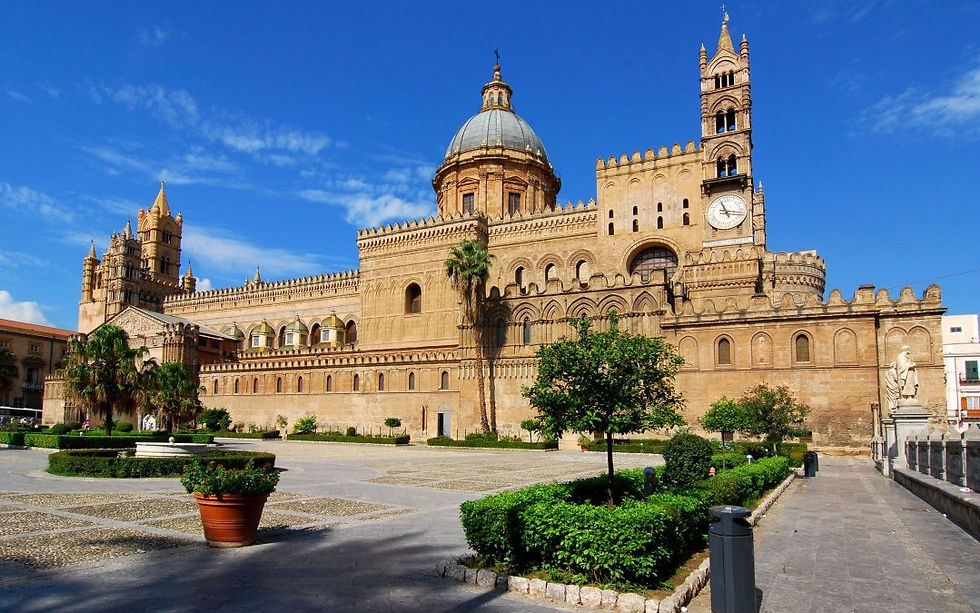
Palermo Cathedral is one of the most iconic symbols of the city and represents a unique fusion of architectural styles that reflects the cultural and historical influences that have passed through Sicily. Located in the heart of the city, this imposing structure tells centuries of history, from the Norman period to the Baroque, in a spectacular set of artistic and architectural details.
A Brief History of Palermo Cathedral
Built in 1184 by order of Archbishop Gualtiero Offamilio, the cathedral was built on an ancient religious site dating back to the Punic era and used as a mosque during the Arab domination. The original Norman structure was subsequently modified over the centuries to adapt to the liturgical needs and aesthetic tastes of the time, transforming the cathedral into a mix of Gothic, Baroque and Neoclassical styles .
Architectural Styles of the Cathedral
The Cathedral of Palermo is famous for its stylistic variety that can be observed in every corner of the building:
Gothic Facade : The main facade of the cathedral is adorned by two towers and a large Gothic-Catalan portal dating back to the fifteenth century, decorated with finely carved arches and columns.
Neoclassical Dome and Nave : Eighteenth-century additions include a neoclassical dome that surmounts the building, giving it a more modern and harmonious feel.
Norman Cloister : This corner still retains the characteristics of Norman architecture, with arches and columns that testify to the origins of the cathedral.
The Interior of the Cathedral: A Journey Through Art and Spirituality
The interior of the Cathedral of Palermo is majestic and rich in artistic details. With three naves , it houses numerous elements of interest:
Chapel of the Madonna Libera Infermi : Here there is a statue of the Virgin dating back to the 15th century, an object of popular devotion.
Cathedral Treasury : The cathedral treasury houses jewels and relics, including the famous crown of Constance of Aragon.
Royal Tombs : The right aisle houses the tombs of Norman kings, including Frederick II of Swabia, an important historical figure in Sicily and throughout Europe.
The Cathedral Sundial
One of the most curious features of the cathedral is the sundial , built in 1801. This marble line, located along the floor of the main nave, functions as a solar calendar, indicating the signs of the zodiac and allowing solar noon to be calculated precisely.
Why Visit Palermo Cathedral
In addition to its artistic and historical value, the Cathedral of Palermo is a place of profound spirituality and beauty. Every detail, from the frescoes to the sculptures, tells a part of Sicilian history. Visiting the cathedral is a unique opportunity to immerse yourself in centuries of culture and art that have contributed to making Palermo a unique city in the world.
Useful Information for Your Visit
Opening hours : The cathedral is open every day with hours that vary depending on the season.
Tickets : Entrance to the cathedral is free, while access to the crypt, treasury and panoramic terrace requires a ticket.
Address : Corso Vittorio Emanuele, Palermo.
Conclusion
Palermo Cathedral is not just a religious building, but a true open-air museum that blends styles and stories in a breathtaking structure. Every visit to the cathedral is a journey through time, an opportunity to discover the layered history of Palermo and its fascinating cultural influences.
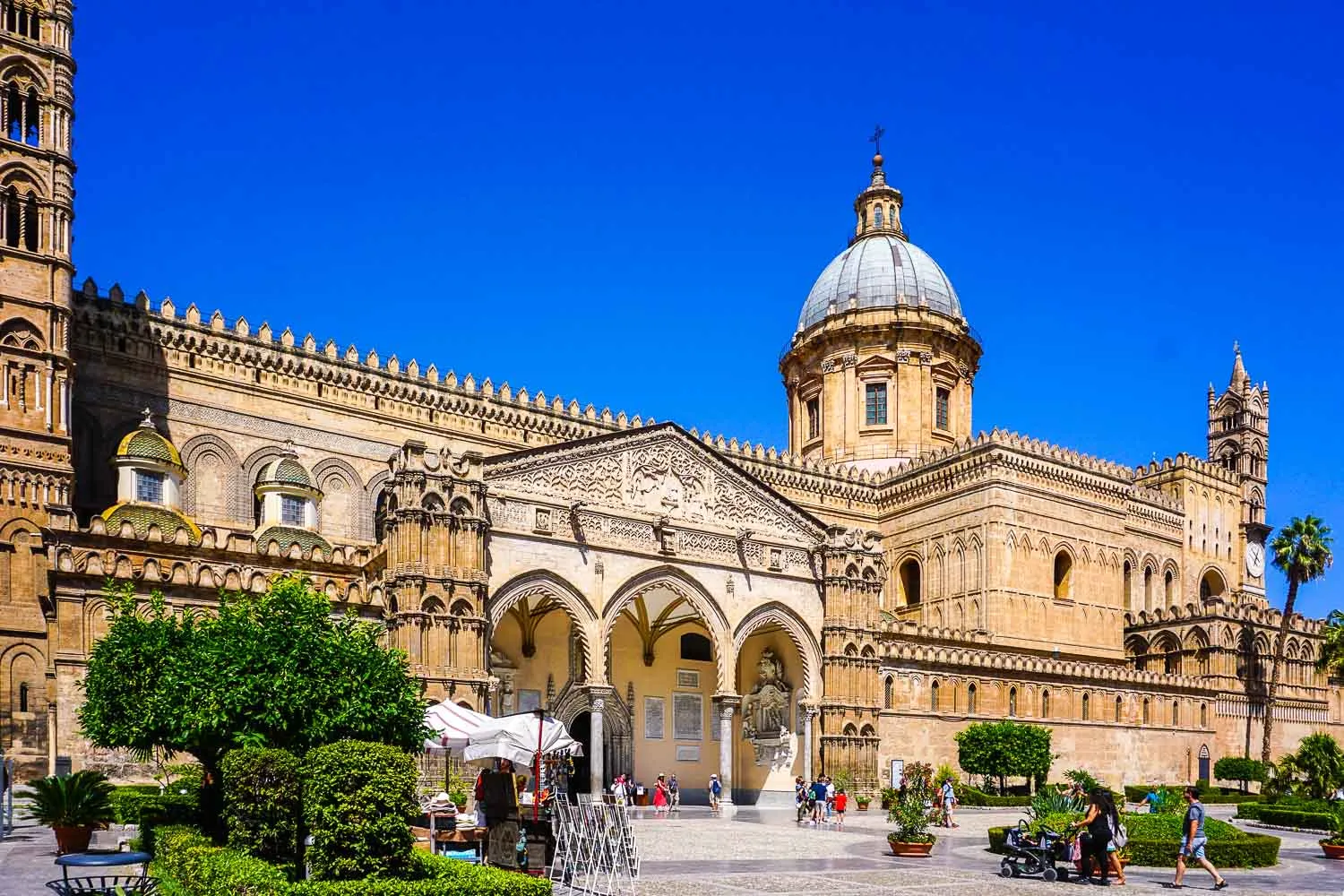
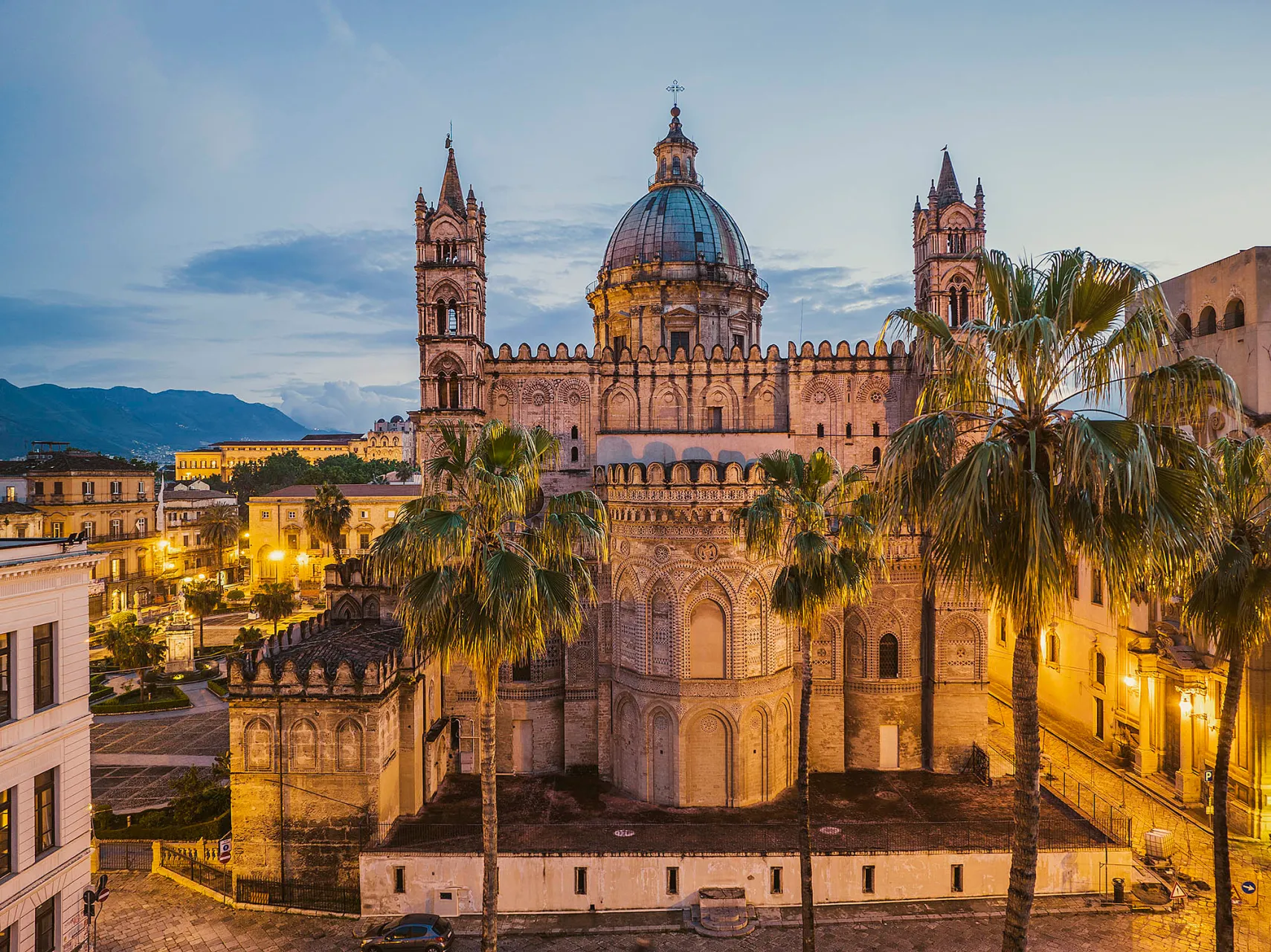



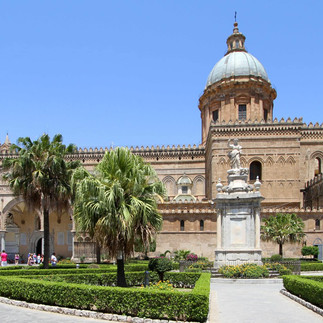
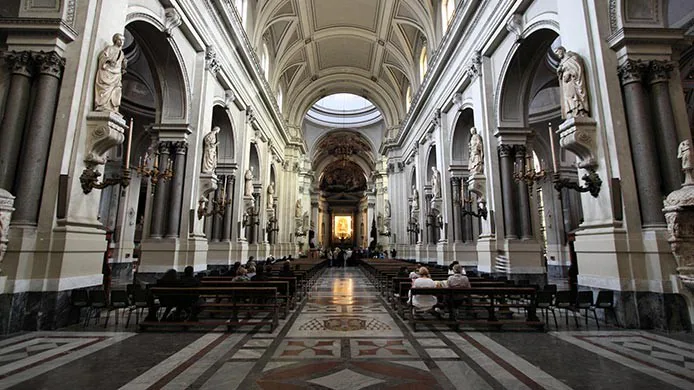
Comments